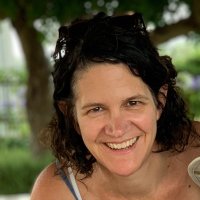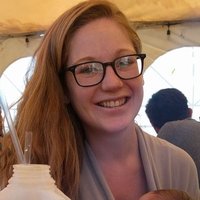
Britt Adamson
@bsadamson
scientist, mom, big fan of sleeping 8 hours in a row, she/her
ID: 861608570
04-10-2012 15:49:48
704 Tweet
1,1K Takipçi
608 Takip Edilen
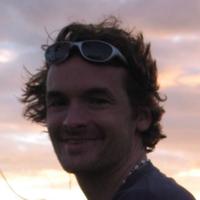

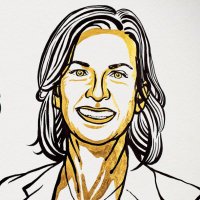
Now online at Cell: “Rapid DNA unwinding accelerates genome editing by engineered CRISPR-Cas9”: sciencedirect.com/science/articl… . From authors Amy R Eggers, Kai Chen, Kasia Soczek, Owen Tuck, Erin Doherty, Bryant Xu, Marena Trinidad, Brittney Thornton, and Peter Hyungjun Yoon
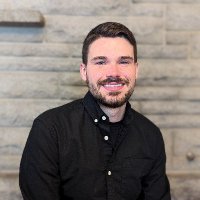
My postdoc work in the Daniel Bauer lab is out Nature Biotechnology! We found that the limited nucleotide pool in hematopoietic stem and progenitor cells (HSPCs) constrains reverse transcription and thus prime editing (PE). nature.com/articles/s4158…
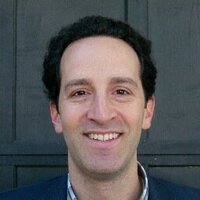
Excited to share our latest work, motivated by the challenge of efficient prime editing in HSCs. We find that the metabolic state of quiescent cells presents a hurdle—but it’s surmountable, by boosting dNTPs. Led by the incomparable Sébastien Levesque. rdcu.be/dJdgK



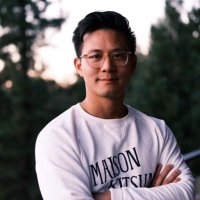
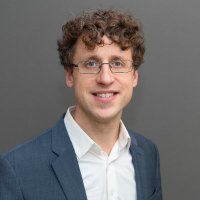
Introducing CHARM: a new epigenome editor to methylate DNA at the promoter of a targeted gene. Our lab's collaboration with Jonathan Weissman's Lab's Edwin Neumann & Tessa Bertozzi shows deep silencing of brain PrP Paper: science.org/doi/10.1126/sc… Blog: cureffi.org/2024/06/27/int…
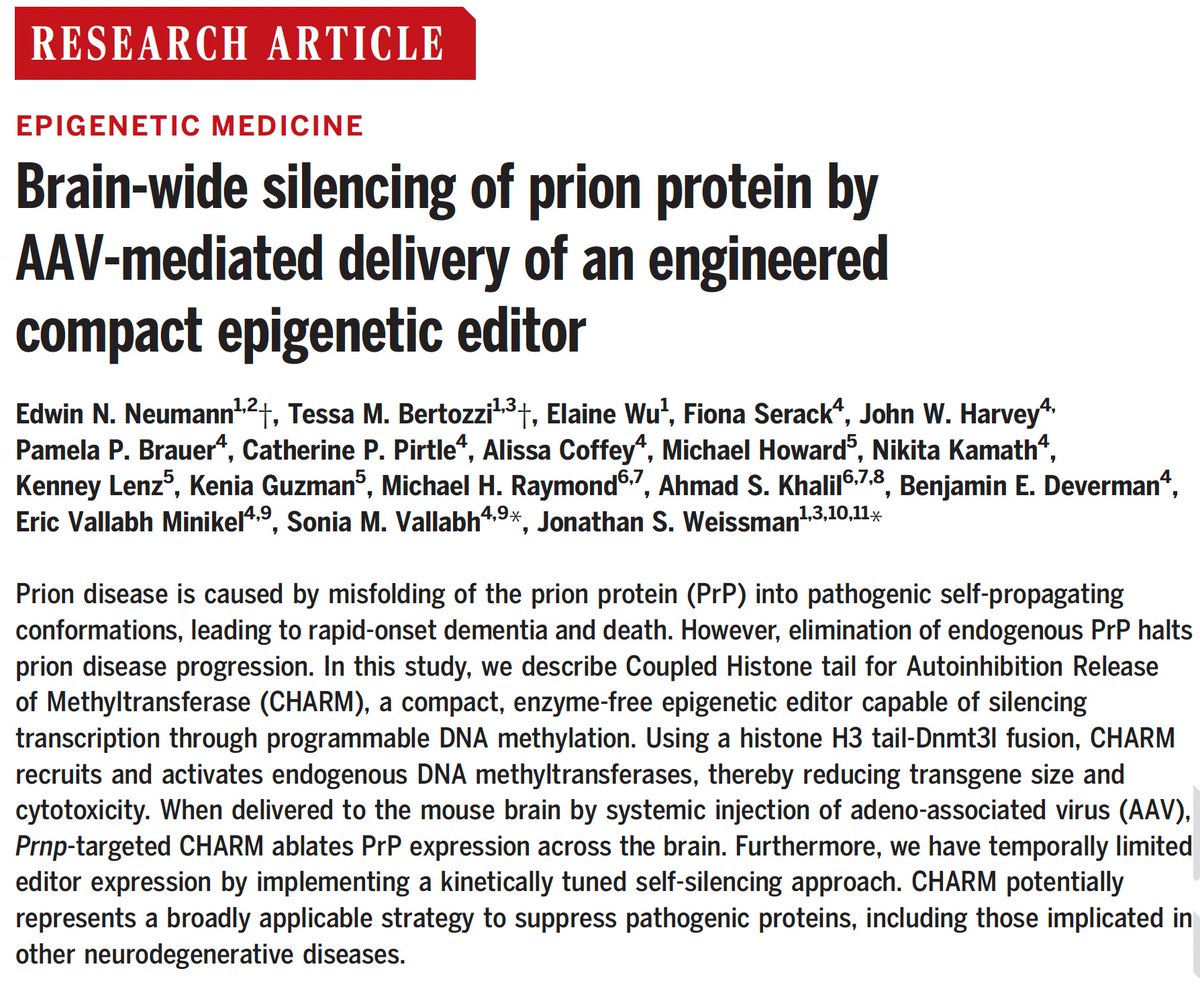

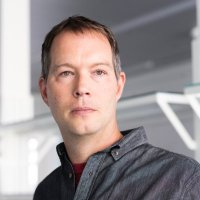
Check out our latest paper showing that HLTF removes Cas9 from DNA, explaining phenotypic differences when using the two Cas9 nickase variants. Important for gene editing! Thanks to Giordano Reginato & Rosaria and Martin Jinek Taekjip Ha andre nussenzweig lab nature.com/articles/s4146…
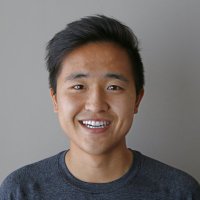
Today in Nature Biotechnology, we describe first-gen click editors (CEs), which couple the advantageous properties of DNA-dependent DNA polymerases and HUH endonucleases with RNA-programmable nickases for precise and versatile human genome editing. 🧬 nature.com/articles/s4158…
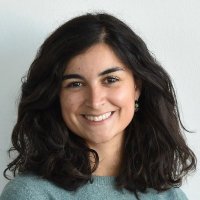
Thrilled to see our click editing paper out today in Nature Biotechnology! 🚀 Click Editors (CEs) are a new class of genome writers which combine DNA polymerases and HUH endonucleases with RNA-programmable nickases for precise edits without DNA DSBs🧬✨ nature.com/articles/s4158…
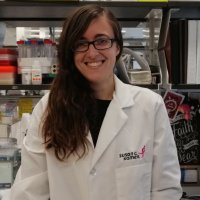



No one can take apart a complex dataset like Thomas Norman!!!

